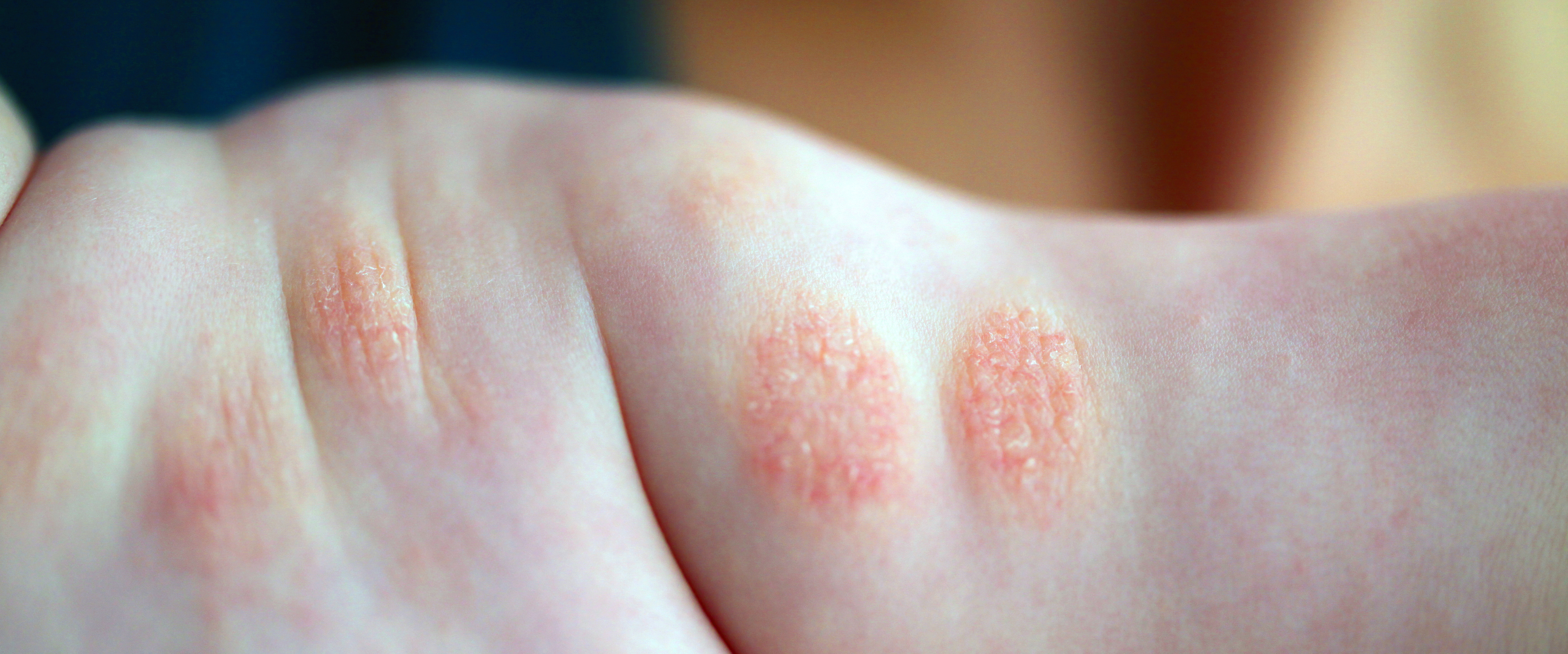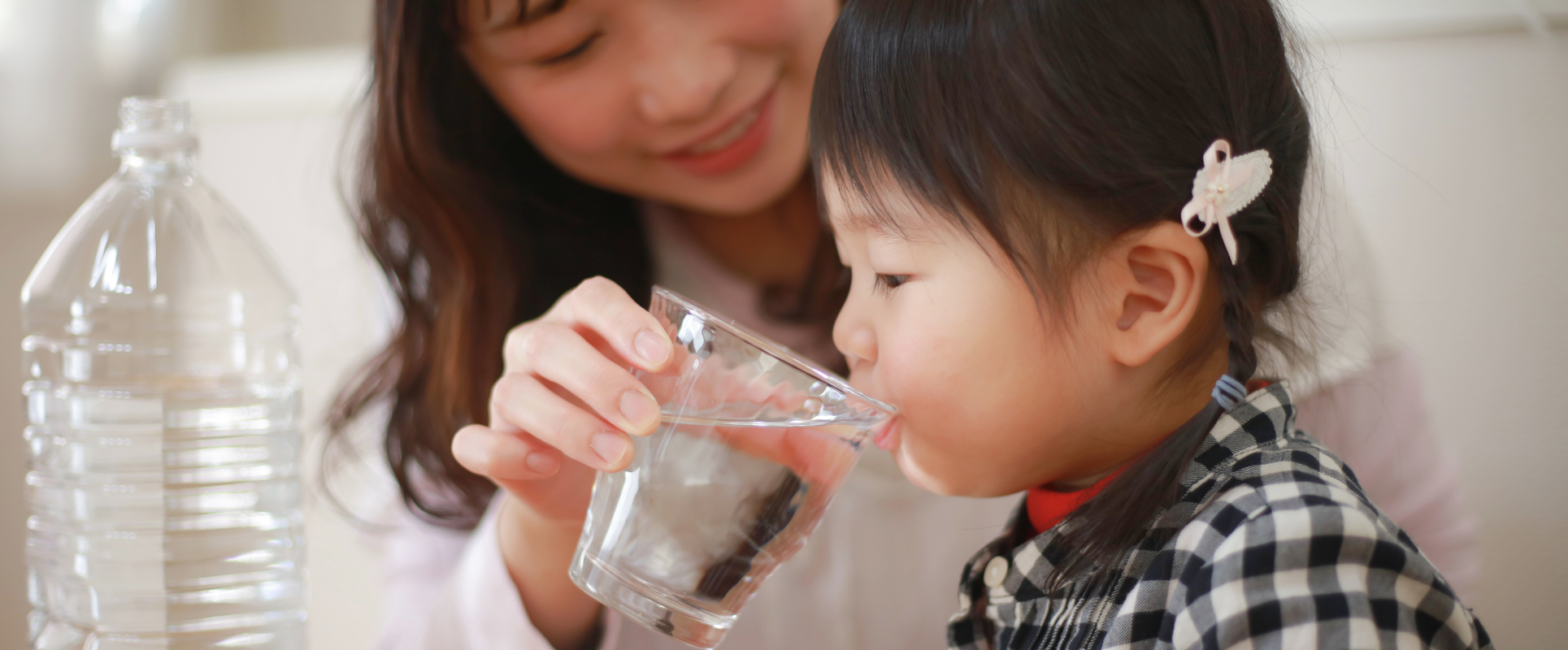
Baby Eczema Care: Bathing, Moisturizing & Safe Skincare Tips for Sensitive Skin
Atopic dermatitis, commonly known as eczema, is a chronic inflammatory skin condition that frequently affects babies and toddlers. Their skin is especially delicate, making them more prone to dryness, redness, and irritation. Proper daily skincare routines, including gentle cleansing and moisturizing, are essential in helping manage symptoms and prevent flare-ups.
1. What Is Baby Eczema?
Eczema in babies appears as dry, red, or itchy patches, most commonly on the cheeks, arms, legs and behind the knees. The condition results from a weakened skin barrier, making the skin more sensitive to irritants and allergens. According to the National Eczema Association, about 10–20% of children experience eczema symptoms during early childhood.
2. Bathing Tips for Babies with Sensitive Skin
It’s a myth that frequent bathing worsens eczema. In fact, proper bathing helps hydrate the skin and remove bacteria and allergens when done correctly.
Best Bathing Practices:
-
Use lukewarm (not hot) water
-
Limit baths to 5–10 minutes
-
Use a soap-free, sulfate-free, fragrance-free cleanser
-
Gently pat dry instead of rubbing the skin
3. Moisturizing After Bathing
Moisturizing is key to preventing eczema flare-ups. Apply a thick, fragrance-free, alcohol-free moisturizer immediately after the bath to lock in moisture.
Tips:
-
Look for creams with ceramides, glycerin or panthenol
-
Use twice daily or more during dry weather
-
Avoid products with synthetic fragrances or dyes
4. Creating an Eczema-Friendly Environment
Simple lifestyle changes can also help reduce skin irritation:
-
Use a humidifier during cold or dry seasons
-
Dress babies in soft, breathable cotton
-
Wash baby clothes with fragrance-free, hypoallergenic detergent
-
Keep nails short to prevent scratching
5. When to See a Doctor
Consult a pediatrician or dermatologist if:
-
The rash becomes infected (oozing, pus, crusting)
-
Over-the-counter treatments don’t help
-
The baby has trouble sleeping due to itching
Internal Link Suggestion
Learn more about the causes and long-term care of Neurodermitis (Atopic Dermatitis) for all age groups here.
Sources:








